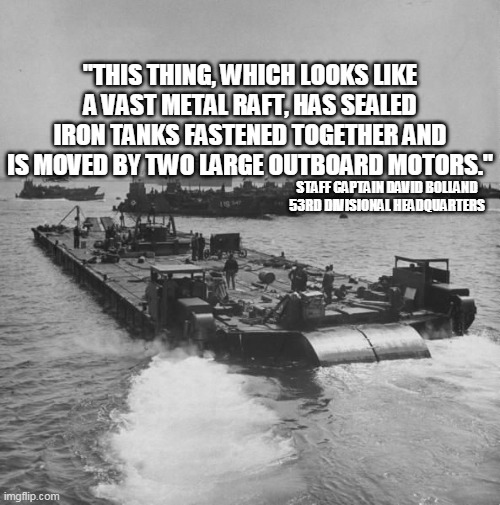If you think this is some kind of clever gotcha, you *really* should have paid more attention in history class.
Man, I don't even know where to begin with this
George Wallace. The Democrat who stood in the schoolhouse door trying to keep black kids from going to white schools. The Democrat... https://t.co/nZL7n937nX
— Jesse Kelly (@JesseKellyDC) October 23, 2018
If you think this is some kind of clever gotcha, you *really* should have paid more attention in history class.
But, hey, who was standing on the other side? Different Democrats!
That's Wallace standing off to the left. And on the right, trying to escort Vivian Malone and James Hood onto campus and sweating hard, that's Deputy Attorney General Nick Katzenbach from the Kennedy administration.
Kennedy was a Democrat, by the way.

On one side (literally!), the old Dixiecrats who used to control the party; on the other, the new northern, liberal Democrats who favored civil rights.
But...
To pre-empt the trolls, I'll pause to add this: https://t.co/dMzEDINE7Y
"But Republicans Voted in Higher Percentages for the Civil Rights Act":https://t.co/Htd6nOFWow
— Kevin M. Kruse (@KevinMKruse) August 5, 2018

At the risk of repeating myself, the party was deeply divided over civil rights in the 1960s. It had been for decades, and would take a while longer to sort itself out.
But LBJ? Democrat.
Everyone with me?
OK, moving on.
He contacted Barry Goldwater's campaign with an offer to switch his party affiliation to Republican and run as Goldwater's VP.
Another thread: https://t.co/Eb6SGJBiY8
George Wallace's Offer to Switch Parties:https://t.co/n0LmP6Gxfr
— Kevin M. Kruse (@KevinMKruse) August 5, 2018
One more thread: https://t.co/anAhUCcrJW
The Rise of Southern Republicans:https://t.co/Y7yCfwzPLs
— Kevin M. Kruse (@KevinMKruse) August 5, 2018
More from All
You May Also Like
First update to https://t.co/lDdqjtKTZL since the challenge ended – Medium links!! Go add your Medium profile now 👀📝 (thanks @diannamallen for the suggestion 😁)

Just added Telegram links to https://t.co/lDdqjtKTZL too! Now you can provide a nice easy way for people to message you :)

Less than 1 hour since I started adding stuff to https://t.co/lDdqjtKTZL again, and profile pages are now responsive!!! 🥳 Check it out -> https://t.co/fVkEL4fu0L

Accounts page is now also responsive!! 📱✨

💪 I managed to make the whole site responsive in about an hour. On my roadmap I had it down as 4-5 hours!!! 🤘🤠🤘

Just added Telegram links to https://t.co/lDdqjtKTZL too! Now you can provide a nice easy way for people to message you :)

Less than 1 hour since I started adding stuff to https://t.co/lDdqjtKTZL again, and profile pages are now responsive!!! 🥳 Check it out -> https://t.co/fVkEL4fu0L

Accounts page is now also responsive!! 📱✨

💪 I managed to make the whole site responsive in about an hour. On my roadmap I had it down as 4-5 hours!!! 🤘🤠🤘
































